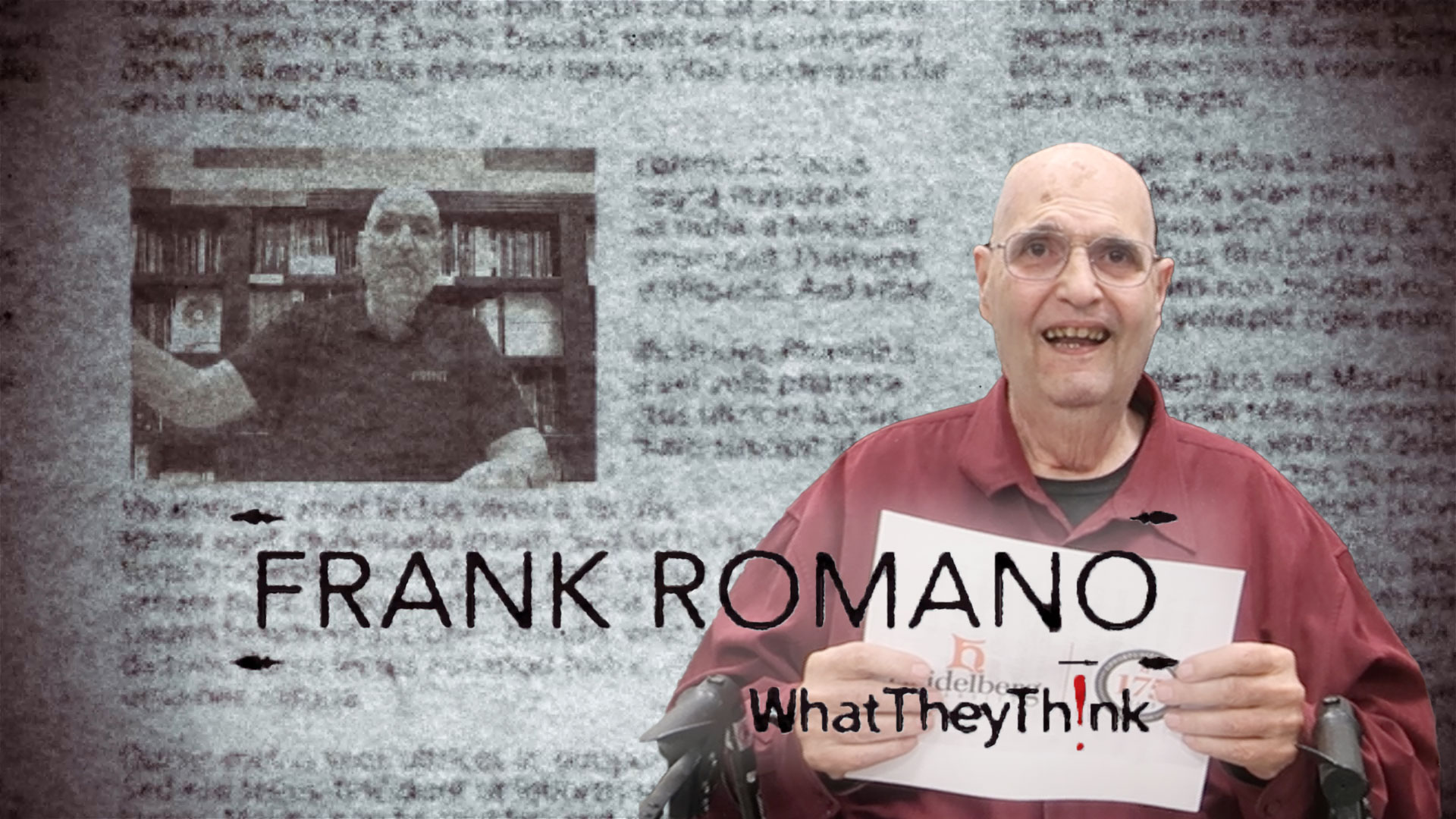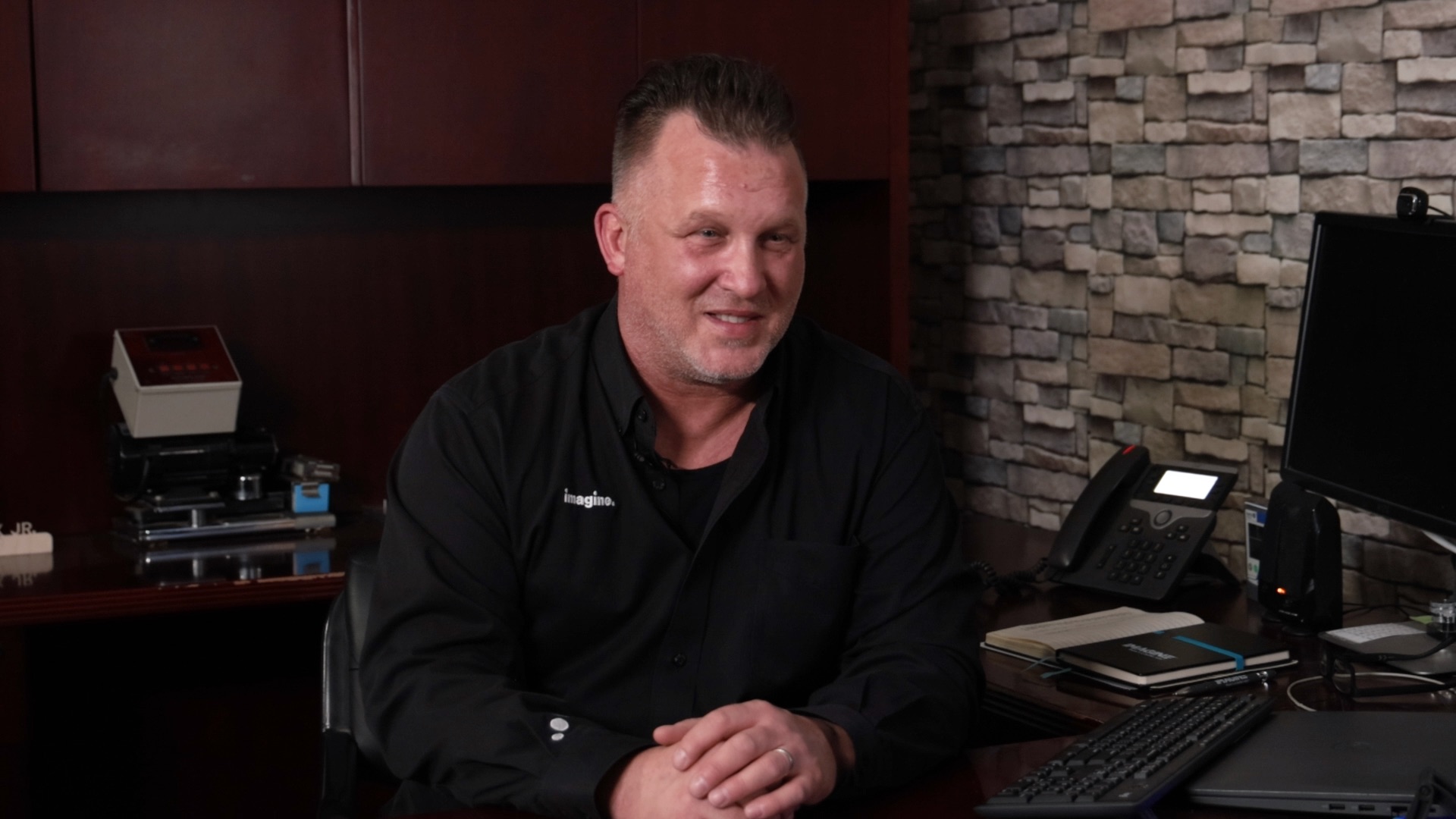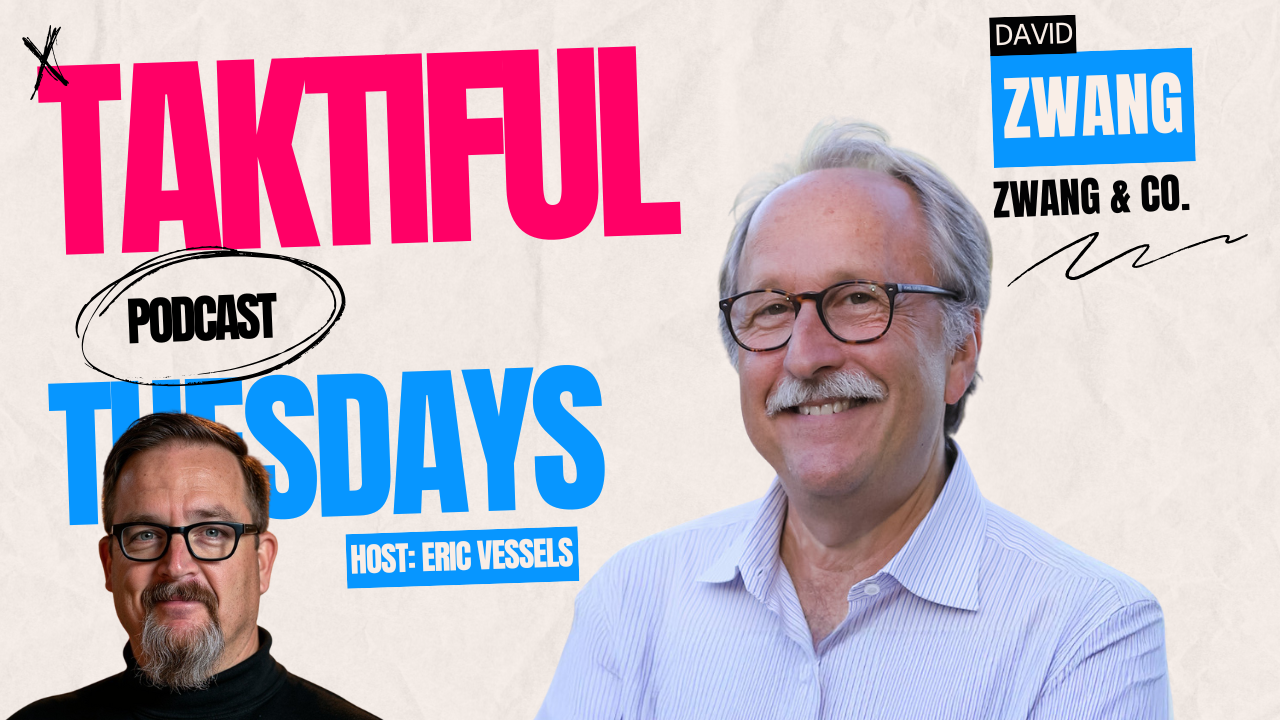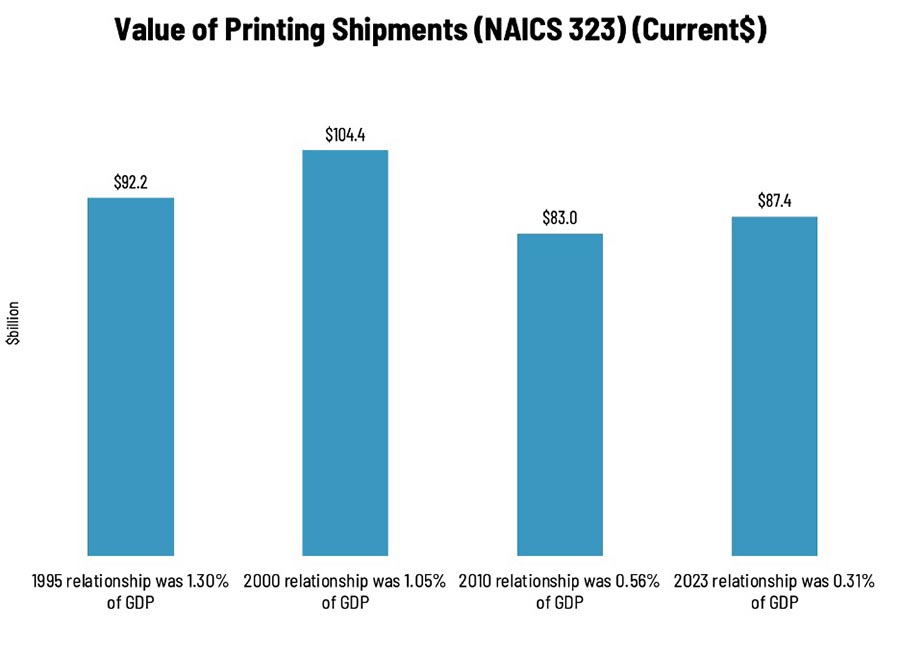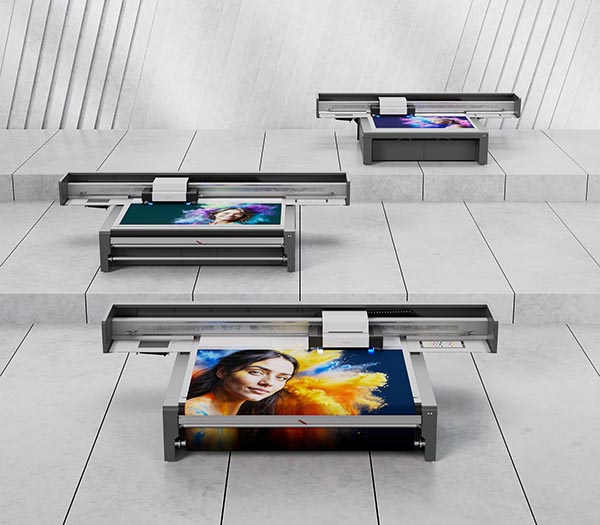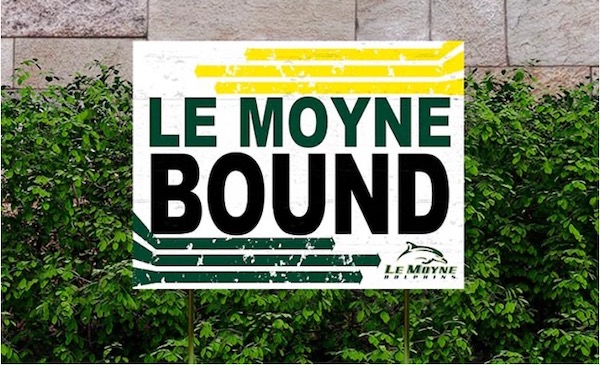We sat down with Lori Gobris, Michelman’s Global Marketing Director, Packaging, about the company’s diverse product portfolio, commitment to sustainability, and a growing need for collaboration across the circular economy supply chain.
WhatTheyThink: Most of our readers probably know who Michelman is, but start with a little bit of your history.
 Lori Gobris: Michelman’s environmentally friendly, water-based coatings and additives are used extensively in many industries, including digital printing, packaging, composites, seed coatings, and architectural coatings. Our purpose is Innovating a Sustainable Future, and our water-based solutions enable our customers to achieve their sustainability objectives. We have deep experience in the digital printing, flexible packaging, and rigid packaging value chains.
Lori Gobris: Michelman’s environmentally friendly, water-based coatings and additives are used extensively in many industries, including digital printing, packaging, composites, seed coatings, and architectural coatings. Our purpose is Innovating a Sustainable Future, and our water-based solutions enable our customers to achieve their sustainability objectives. We have deep experience in the digital printing, flexible packaging, and rigid packaging value chains.
This year we are celebrating our 75th Anniversary. As a third-generation family-owned business, we are very proud of our longevity. Through the years, we have grown significantly. We have R&D and manufacturing facilities in the United States, Europe, and Asia, as well as an extensive global distribution network. The size of our organization allows us to remain agile compared to some of our larger competitors, and, with our global presence, we can service our customers where they are located.
At Michelman, we actively benchmark ourselves against industry standards. Because of our ongoing commitment to continuous improvement in the areas of Environment, Labor & Human Rights, Sustainable Procurement, and Ethics, we have earned a Gold rating from EcoVadis, ranking in the 97th percentile of over 130,000 companies they assessed.
WTT: You’re in a wide variety of industries—how do you apply your expertise across so many different industries?
LG: We introduced the first repulpable, water-based coating for water resistance on corrugated board in 1963. In the six decades since then, we’ve successfully dispersed many different materials in water to develop coatings that impart various properties to a broad range of substrates. We’ve become adept at transferring that fundamental knowledge across industries and regions, to quickly identify when an innovation in one industry can be applied to another.
WTT: Things have changed a little bit since then. How have you seen things change in print and packaging over the years?
LG: Consumers and brands are eager to reduce their environmental footprints. At the same time, governments are imposing heightened regulatory requirements to improve the sustainability of packaging. Combined, these factors are driving transformational change throughout the industry.
Digital printing has certain inherent sustainability advantages which can make it a better fit than analog for packaging production. Digital printing eliminates the material consumption, labor, cleaning, storage, and disposal of printing plates, as well as the ink and substrate waste generated by bringing analog jobs into register. In addition to enabling per-impression customization and inventory control, the speed and versatility of digital printing technology means it can often make sense to switch from less frequent, longer runs—with their associated storage costs and potential waste from obsolescence—to more frequent, shorter runs. Of course, assessing the potential impact of these advantages is something that must be done on a case-by-case basis.
Overall, as the packaging industry moves to a more circular model, material reductions, and near-term, practical solutions for recyclability and compostability, are huge drivers in the industry.
WTT: That’s the circularity issue which has become a big topic in sustainability.
LG: Absolutely. It’s about making sure you don’t just have an end-of-life, but the best end-of-life solution for each application. What we see across a breadth of markets is that optimal solutions vary by end use. Compostable packaging for food provides a good example. Because food is organic, food residue left on a package can enhance the composting process. This illustrates how having a thorough understanding of a package’s end use can inform package design—from raw material selection to planned certifications of the final structure. As we evaluate options to meet the end-of-life requirements for an application, it’s essential to take a holistic approach.
And, because there are regional differences in recycling and composting capabilities, as well as variability in government regulations around sustainability, the industry is working to improve circularity in the ways that are most effective for each region and the packaging used there.
WTT: Obviously the market has changed over the years and technology obviously has changed. How has Michelman itself changed over the past 60 years or so years?
LG: We are constantly evaluating what is happening in the industry and proactively planning for anticipated legislative and market changes. We feel our strengths fit very well with the future of printing and packaging, but we recognize the need to remain agile. Working with partners, we can innovate quickly, concurrently meeting existing needs while planning for future needs. For example, our 20-year history with HP Indigo has allowed us to develop a deep understanding of how ink, primer, and substrate interact and behave throughout the printing and finishing processes.
As newer equipment has made it possible for substrates to be digitally printed and immediately formed into packages in a single production line, we see expanding opportunities to move the circular economy forward has enabled us to work with familiar products in new ways. The increasing overlap between digital printing and flexible packaging applications allows us to leverage our strengths in both areas to develop fresh approaches to our customers’ evolving needs, helping them expand into new applications.
As our reputation as a trusted partner continues to grow, we are actively pursuing opportunities to collaborate across the value chain. We find that working hand-in-hand with value chain partners accelerates the pace of innovation.
When we look at the design changes needed in packaging, we recognize the value in expanding development work beyond our own labs. One example is our ongoing collaboration with UPM Specialty Papers, which has yielded several co-created solutions. In our work with UPM, we’ve built upon our experience developing water-based coatings for paper to create new structures that are on the cutting edge of circular packaging. These solutions will allow brand owners to replace multi-material, non-recyclable packaging with paper-based alternatives that meet their requirements for food contact, shelf life, and recyclability.
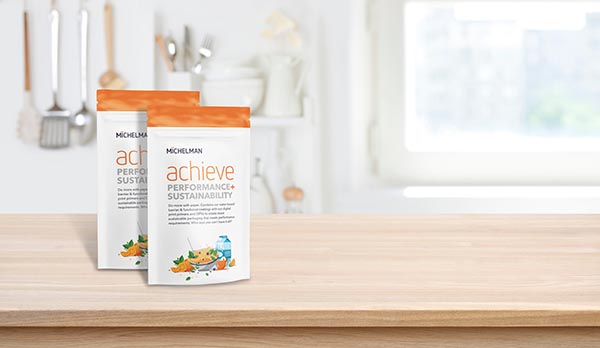
WTT: Why are partnerships like this so important?
LG: Everyone in the value chain has a role to play in increasing the circularity of packaging. Designing more sustainable alternatives in close collaboration with other industry leaders allows us to compress development timelines, transitioning more quickly from bench development in a lab to customer trials, and iterating more rapidly in those trials, increasing the probability of commercial success.
We’re seeing a tremendous interest in collaboration from every part of the value chain. We routinely engage with raw material suppliers, substrate producers, equipment makers, and academia. Everyone is working at this from their own angle. But what we have found is that when we collaborate more closely, including from the earliest stages of development, we get to the end goal much quicker, and with a higher success rate.
These collaborations allow the partners to quickly understand how changes they make impact the rest of the system, and how the components are affected by the processes used to create the final structure. Partnerships allow you to accelerate the pace of innovation, and that’s critical. When we look at upcoming legislation, and the growing expectations from consumers and brands, we know we need to find these solutions quickly.
WTT: What should partners expect when they come to you seeking help for example with sustainability goals?
LG: We understand sustainability is a journey, and that everyone’s journey is unique. At the onset of new partnerships, we help our partners to define, as precisely as possible, the performance requirements of their application. In some instances, partners have a general idea of their ultimate goal, but don’t really know how to get there. In those situations, we do our best to facilitate narrowing down product needs. We try to work with like-minded partners whose goals align with our expertise.
We understand that each partner is at a different stage of their journey, and try to meet them where they are. As our expertise extends into how coatings can be applied, determining optimum coat weights, and how coatings interact with equipment and downstream processes, we can support our partners beyond product selection, consulting with them through the different phases of the development process, and, when necessary, exploring the creation of new coating solutions for their specific needs.
WTT: So I guess you would go that route when existing solutions don’t really fit the bill or work for a particular customer.
LG: Yes, absolutely. One of our first steps when collaborating on a new application is to look for possible solutions within our existing portfolio. Based on our long history of working with these types of coatings, and of providing a range of functionality in different applications, we have found there are often multiple ways to repurpose existing products for new applications.
If no existing products meet the requirements, we then consider new product development. Sometimes minor tweaks to existing products are effective, but when we do need to start from scratch, we remain material-agnostic. We are biased towards what works best for the customer, not necessarily what we have in inventory, or have used previously.
WTT: That leads to the next question, what’s next for Michelman?
LG: The good news is that we’re finding a lot of great new homes for our current products. Maintaining a fresh perspective on how to use current products allows us to accelerate the pace of innovation while working with partners. Our collaboration with UPM demonstrates the effectiveness of this approach. We’ve partnered closely with them to develop several structures which add heat seal and increased oxygen and moisture barriers to their UPM Asendo™, UPM Asendo™ Pro, and UPM Solide™ Lucent papers, while maintaining their recyclability. Now, we’re working to also add print receptivity for HP Indigo ElectroInk with the inclusion of our DigiPrime® technology. The end result will be a completely new structure built from existing products that have never previously been combined in a single system, and offering a unique set of benefits never previously available in a single system.
In terms of what’s next, we’re going to continue these types of collaborations and continue to see what new solutions we can co-create. Relying solely on products that have performed well historically is not sufficient to meet the new challenges in the digital printing and packaging industries. With the support of our in-house regulatory experts, we are closely monitoring the regulatory landscape to anticipate evolving legal requirements and proactively prepare for them. This includes working towards introducing additional bio-based materials into the solutions we offer to meet upcoming sustainability requirements that current chemistries may not fully support.
We greatly appreciate the dedication of our current partners, and look forward to exploring new collaborations with like-minded organizations across the packaging value chain to support a more circular economy.

